
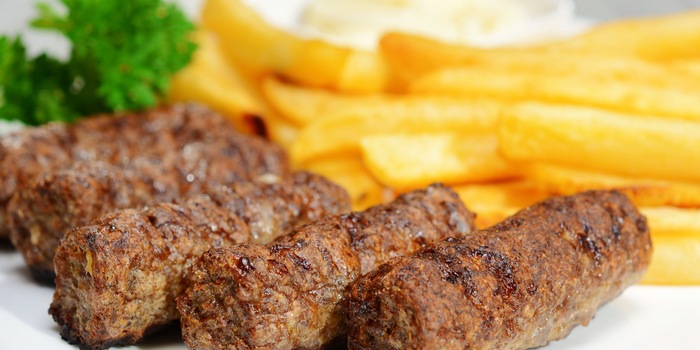
Snails or cevapcici: who will be the culinary world champion?
When Croatia and France play for the World Cup title on Sunday, the favourites are clear. Experts and betting agencies already have one hand on the World Cup trophy for the French. The culinary duel is also David versus Goliath on paper.
French cuisine is considered one of the most influential in the world. It starts with the croissant in the morning and ends with the "crème brûlée" for dessert after a five-course meal in the evening. Croatia doesn't seem to stand a chance. In fact, THE Croatian cuisine doesn't even exist. In the south, the dishes are characterised by the former Ottoman occupiers. In the north, the influence of the former Austro-Hungarian monarchy is noticeable. Goulash is therefore just as Croatian as baklava. As in half of the Balkans, cevapcici is also a national dish in Croatia. Grilled dishes are generally very popular, especially on the coast Blitva - chard and potatoes, fried with garlic. If you visit Croatia on holiday, order blitva as a side dish and not rice or fries.
French cuisine, on the other hand, is the classic par excellence. No wonder, as the book "The Modern Cook" by French chef Vincent la Chapelle from 1733 is considered the origin of European cuisine. French cuisine also recognises regional differences. Sauerkraut in Alsace, for example, can clearly be traced back to its former affiliation with Germany. In Brittany, on the other hand, crêpes and galettes (crêpes made from buckwheat flour and without eggs in the batter) are very popular. They are served with cider, as there are no grapes there.
So it looks like France is the clear culinary world champion. But I'll put it to the test: while Modric, Mbappé and co. battle it out on the pitch in Moscow, here's the culinary World Cup final in five parts.
Galette vs Palacinke
The name Palacinke comes from the Austrian Palatschinken. These are pancakes with a sweet or savoury filling, similar to French crêpes or Italian crespelle. They are varied, but they are simply a base for the filling of your choice. This also applies to galettes. However, thanks to the buckwheat flour, the galette has a flavour of its own. In the classic version, the Breton speciality is filled with ham, cheese and egg. A perfect combination that easily puts France in the lead.
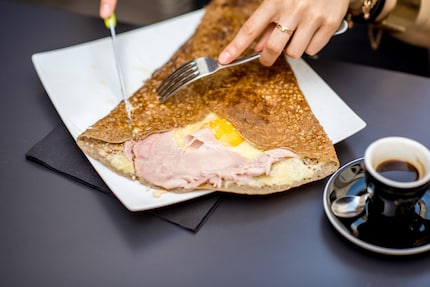
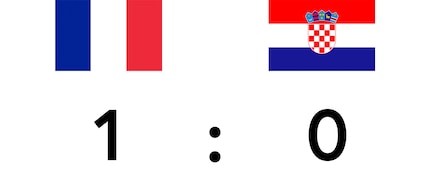
Frog legs vs Cevapcici
The duel of the giants, so to speak. Frogs' legs are a dubious classic of French cuisine (alongside foie gras and absurdities such as Canard à la Rouen: A duck that is squeezed at the table and then served on a sauce made from its own blood). The savoury minced meat rolls Cevapcici, on the other hand, are not only safe to make, they also simply taste better than amphibian legs. This point goes to Croatia.
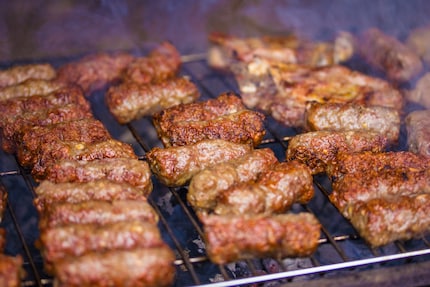
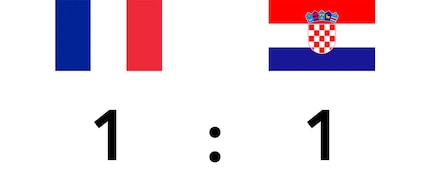
Brie vs Turos
Turos is a cheese speciality from northern Croatia. Cottage cheese is seasoned with paprika and salt, moulded into a conical shape and then dried in the sun. You can make this delicious speciality quite easily yourself. Quite unlike Brie. The production of this soft cheese requires great skill and a lot of experience. The curd is not cut and must be scooped evenly, the cheese is stored at controlled temperatures and sprayed with a mould culture. The effort is worth it, the creamy soft cheese should not be missing from any cheese platter and tastes fantastic. France takes the lead
.
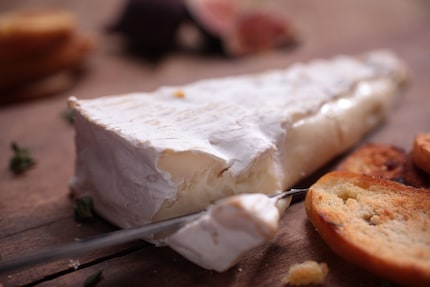
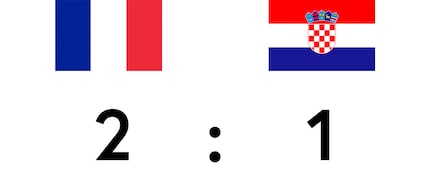
Flammkuchen vs Soparnik
Flammkuchen has enjoyed great popularity for a few years now. The "pizza from Alsace" is traditionally topped only with sour cream, onions and bacon. Today, there are all kinds of "creative" variations (and varieties) of the pastry. As a purist, I simply don't need a fig tarte flambée. I much prefer the Dalmatian chard tart soparnik. A wafer-thin flatbread filled with chard and served with fresh garlic. Dobar tek and balance!
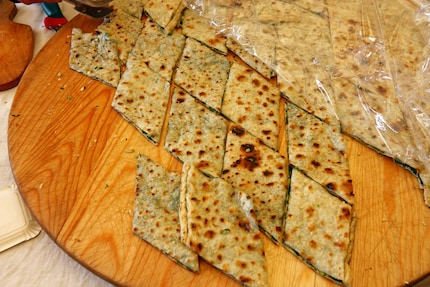
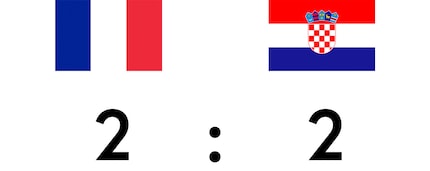
Côte du boeuf vs Raznjici
I like marbled meat. The fat gives the meat flavour and makes it juicy. On my last visit to Paris, I therefore ate almost exclusively côte du boeuf. This is a cutlet of beef, sometimes with several bones and sliced at the table for several people, served with Béarnaise sauce and vegetables. A poem. In stark contrast to my experience with kebabs like raznjici. The vegetables are burnt on the outside and crunchy on the inside, the meat is not cooked to the same level throughout and at least one piece is guaranteed to come off my plate when I try to remove the food from the skewer. Croatia put up a good fight, but in culinary terms it's a narrow victory for the favourites.
Vive la France!
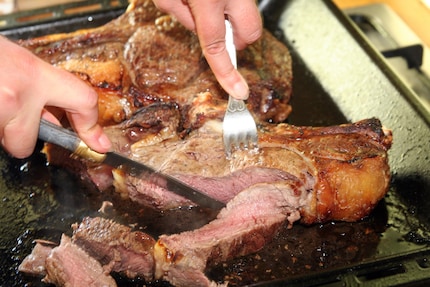
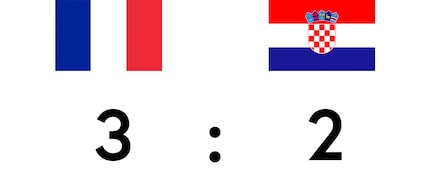
Have fun at your World Cup party and cooking the winning dishes. I'll definitely be grilling up some cevapcici and serving them in a galette with some grated cheese and Aivar. Served with some cider. A perfectly balanced final menu.
When I flew the family nest over 15 years ago, I suddenly had to cook for myself. But it wasn’t long until this necessity became a virtue. Today, rattling those pots and pans is a fundamental part of my life. I’m a true foodie and devour everything from junk food to star-awarded cuisine. Literally. I eat way too fast.

